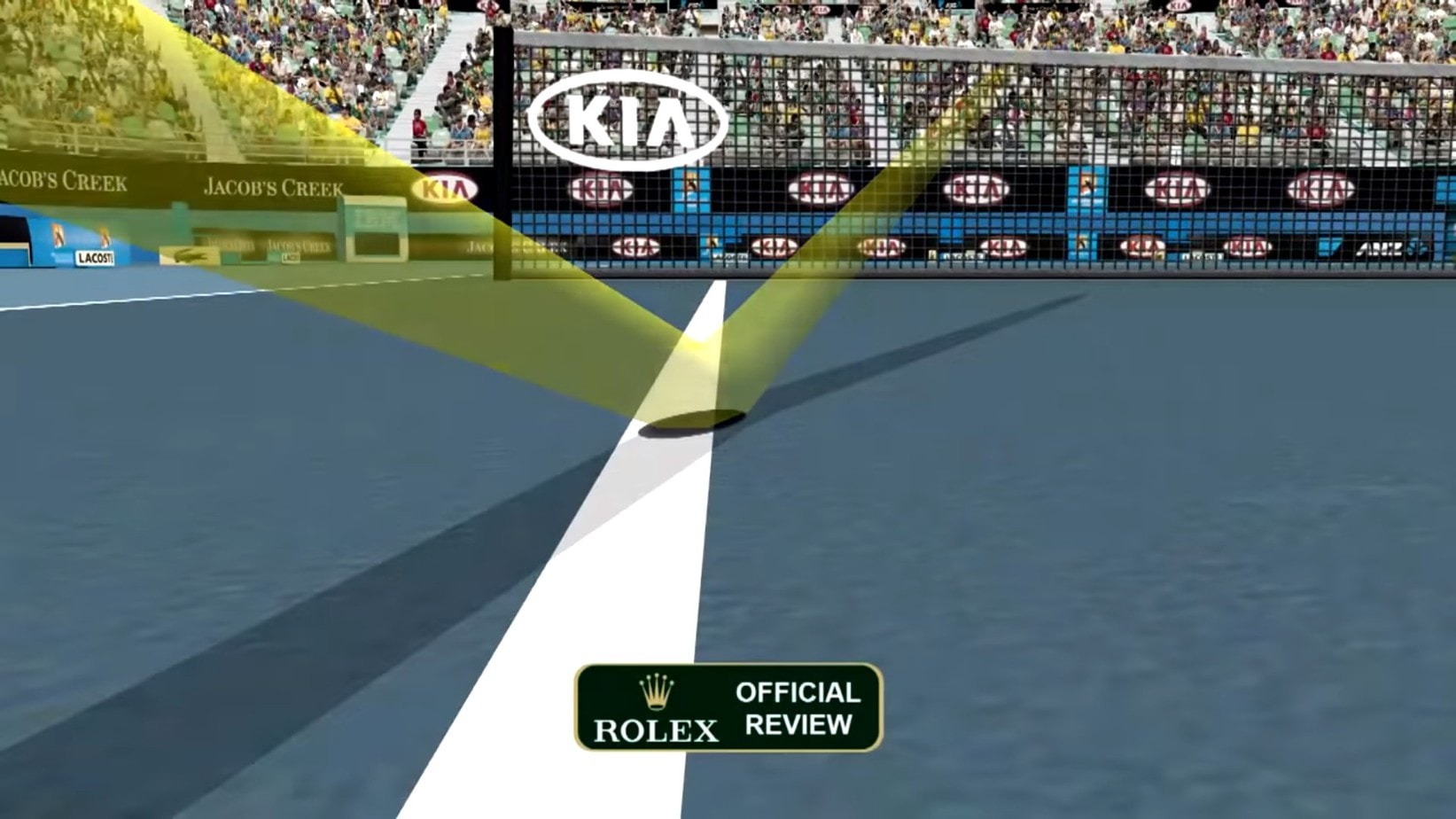
The hawk-eye first appeared in a televised cricket broadcast in 2001. Since then, the technology has revolutionized sports, and the hawk-eye system is used in more than a dozen sports around the world.
The technological solution was created in Great Britain, and its author is Paul Hawkings. Currently, the company that holds the patent for the hawk-eye system is part of the Japanese giant Sony. Hawk-eye is an electronic system that helps to decide controversial situations in sports. The constructed vision system allows to reconstruct the trajectory of the ball and determine almost the exact place of its fall. Hawk-eye facilitates the work of line judges, who unlike the machine are more likely to make mistakes. The system has different names, depending on the sport in which it is used. Hawk-eye, hawk-eye, challange or hawk-eye have the same function. The digital system makes the sport more fair, honest and error-free. The system can also reduce the number of people involved in a match, as line judges are replaced by sophisticated technology that monitors every movement of the ball. The hawk-eye cameras installed on all Melbourne tennis courts enabled this year’s Australian Open Grand Slam to be held safely, where the sport’s schedule was compromised by sanitary epidemic restrictions.
Depending on the sport, the location, angles and number of cameras set up are different. All Hawkeye cameras use visual images and temporal data provided by devices placed around the playing area. The system processes the collected video and location data from the ball tracking mechanisms, and then calculates the position of the ball for each frame by comparing its position on at least two physically separated cameras at the same moment. The system’s database contains information about the model of the playing area and the rules in place, allowing the data to be automatically verified against the rules of the sport and a decision to be made about any violations. In addition, when creating a frame record, the hawk-eye system identifies a group of pixels that correspond to the image of the ball – this makes it much easier to track its flight. The sequence of analyzed frames creates a record of the path the ball has taken, and the intelligent system predicts the likely place where the ball has interacted with the playing field, such as the end line.
The Hawk-eye generates a graphical representation of the ball’s trajectory, which is then displayed to referees, coaches, players, and viewers watching the live broadcast. Although the system itself interprets whether the ball movement violated the rules of the game, the final decision to award a point rests with the head referee. The advantage of the Hawkeye technology is also the possibility of data archiving, which allows for free creation of statistics such as types of plays, player behavior, the distance covered and the most frequent places where the ball falls.
How does the Hawk-Eye system work?
Check it out!
Published by Eurosport Wednesday, May 3, 2017
The system was first used during cricket in 2001 and since then it has been systematically introduced to other sports. Today, hawk-eye is used in tennis, snooker, soccer, badminton, volleyball, rugby, GAA, hurling, basketball, baseball, ice and field field hockey, horse racing, athletics, and NASCAR stock car racing.
Hawkeye cameras have become mandatory equipment for every international sporting event and are slowly making their way into league play. National leagues that regularly use this technology include volleyball in Poland, Russia, Germany, Italy, the Netherlands or Japan, the NHL, NBA or Major League Rugby in the United States.
The system uses 14 high-end cameras to indicate to the referee whether the ball has crossed the goal line all the way around. How does Hawk-Eye, the popular goal-line technology, work? We invite you to watch the FIFA training video.
source: FIFA TVPublished by Warsaw Championship “Become a Referee” Saturday, February 25, 2017